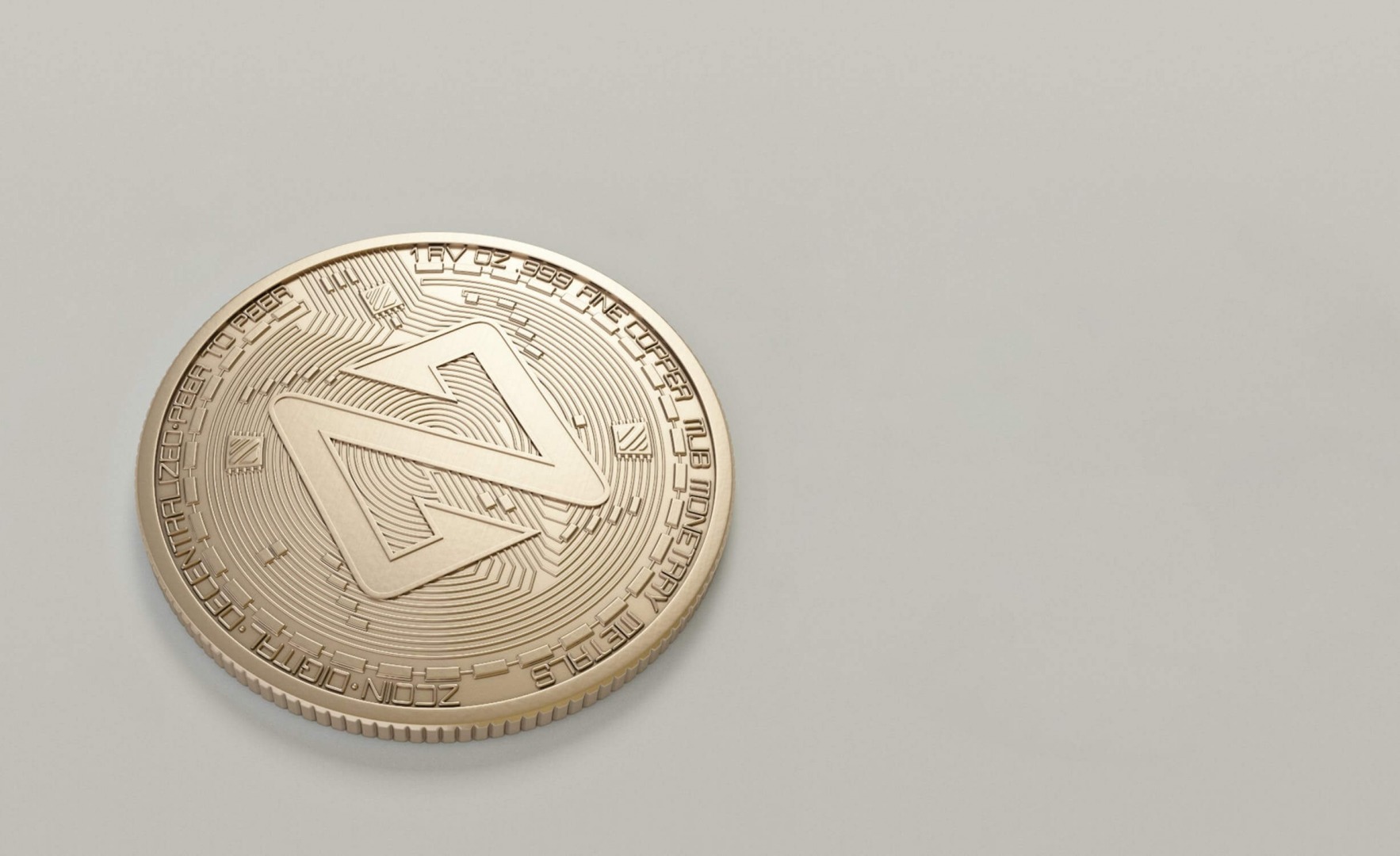Comments
- No comments found

When Bitcoin debuted in 2009, I published an article making a few predictions using my Hard Trend Methodology that have proven to be highly accurate.
While I stated that cryptocurrency and blockchain technology represented a Hard Trend that would grow exponentially, it is time to discuss the next Hard Trend: digital currency
You likely have heard of cryptocurrency, but how is digital currency different? Believe it or not, there is a vital difference. Understanding what digital currency is, how it can be used and potentially misused, and how it is drastically different from the likes of Bitcoin and cryptocurrency is paramount in shaping the future of global and local financial systems.

Many individuals view the use of their digital banking app or credit card as a “cashless, digital way to pay.” That is not digital currency. The digital nature of your savings or checking account is tied to physical cash and a ledger system owned by your specific financial institution.
Cryptocurrency (Crypto) is not run by banks or the Federal Reserve, and it is not backed by the FDIC. It is run by private entities and is highly decentralized. Crypto itself is a concept, built on software that essentially eliminates the need for a middleman, such as a bank or credit card company. It also contains programming that limits the existence of it; there will eventually be no more Bitcoins.
Digital currency is functionally similar in that it has the high potential to eliminate the need for a middleman, but if the U.S. decides to create the “digital dollar,” as I believe it will be called, it would be issued by central banks as an alternative to paper bills, approved by the Federal Reserve, backed by the FDIC, and represent a real replacement for physical cash.
Aside from the concept of avoiding the need to carry dollars in your wallet or purse, there is an abundance of benefits that comes with releasing a digital dollar in the United States.
Recently, I was flying on a commercial airline, seated next to a gentleman who mentioned he was traveling with a large shipment of newly printed one-hundred-dollar bills headed to the central bank. He also noted that there were many like him performing this task on a daily basis.
Imagine not only the security risk of flying around with physical currency, but also the costs associated with having individuals fly with this cash. Isn’t it easy to think that it would be far more cost-effective for the U.S. government to digitize cash more and ship cash less?
Sounds convenient, but the United States has yet to adapt the concept beyond review. Meanwhile, China is testing out its digital currency, the digital yuan, and is expecting a countrywide launch in 2022. The Bahamian Sand Dollar already emerged during the coronavirus pandemic of 2020, and both Visa and Mastercard are already working with it.
Brazil, Russia, Sweden, Europe, and several others are releasing theirs in 2022 as well. With China leading the way, this is one of a number of reasons the U.S. is reviewing the digital dollar concept and getting an Anticipatory plan in place. To start, the Federal Reserve in Boston is working on our digital currency, and the Senate is urging banks in the United States to move forward with an action plan; however, nothing is set in stone.
It is likely the United States is behind because of fear. When new, disruptive technology emerges, radical sides are taken. Digital currency makes many grip their cash and avoid it at all costs, while others who embrace it willingly avoid physical cash as an extreme stand for digital currency.
But what I teach in my Anticipatory Leader System is a way to leverage disruptions by using what I call the Both/And Principle. Will digital currency completely eliminate physical cash? Of course not! Will Bitcoin and other initial iterations of cryptocurrency fall by the wayside when the U.S. government introduces the digital dollar? Not at all! They will all coexist, especially at the inception, evolving at an exponential rate.
What happens to banks and credit institutions when digital currency is offered to everyone in a country depends on how reactionary or anticipatory they are. There are many things that could go wrong, and many privacy issues that need to be pre-solved before the problem occurs — a key tenet of being anticipatory.
Being a fast reactor, no matter how agile you are, will not be good enough! Become Anticipatory and learn how to use my Hard Trend Methodology to identify disruption before it occurs, giving you the choice to be a positive disruptor instead of the disrupted.
Digital currency represents a growing hard trend that is here to stay. The soft trend is: Will the United States act on this hard trend?
Daniel Burrus is considered one of the world’s leading futurists on global trends and innovation. The New York Times has referred to him as one of the top three business gurus in the highest demand as a speaker. He is a strategic advisor to executives from Fortune 500 companies, helping them to accelerate innovation and results by develop game-changing strategies based on his proven methodologies for capitalizing on technology innovations and their future impact. His client list includes companies such as Microsoft, GE, American Express, Google, Deloitte, Procter & Gamble, Honda, and IBM. He is the author of seven books, including The New York Times and Wall Street Journal best-seller Flash Foresight, and his latest book The Anticipatory Organization. He is a featured writer with millions of monthly readers on the topics of innovation, change and the future and has appeared in Harvard Business Review, Wired, CNBC, and Huffington Post to name a few. He has been the featured subject of several PBS television specials and has appeared on programs such as CNN, Fox Business, and Bloomberg, and is quoted in a variety of publications, including The Wall Street Journal, Financial Times, Fortune, and Forbes. He has founded six businesses, four of which were national leaders in the United States in the first year. He is the CEO of Burrus Research, a research and consulting firm that monitors global advancements in technology driven trends to help clients profit from technological, social and business forces that are converging to create enormous, untapped opportunities. In 1983 he became the first and only futurist to accurately identify the twenty technologies that would become the driving force of business and economic change for decades to come. He also linked exponential computing advances to economic value creation. His specialties are technology-driven trends, strategic innovation, strategic advising and planning, business keynote presentations.
Leave your comments
Post comment as a guest